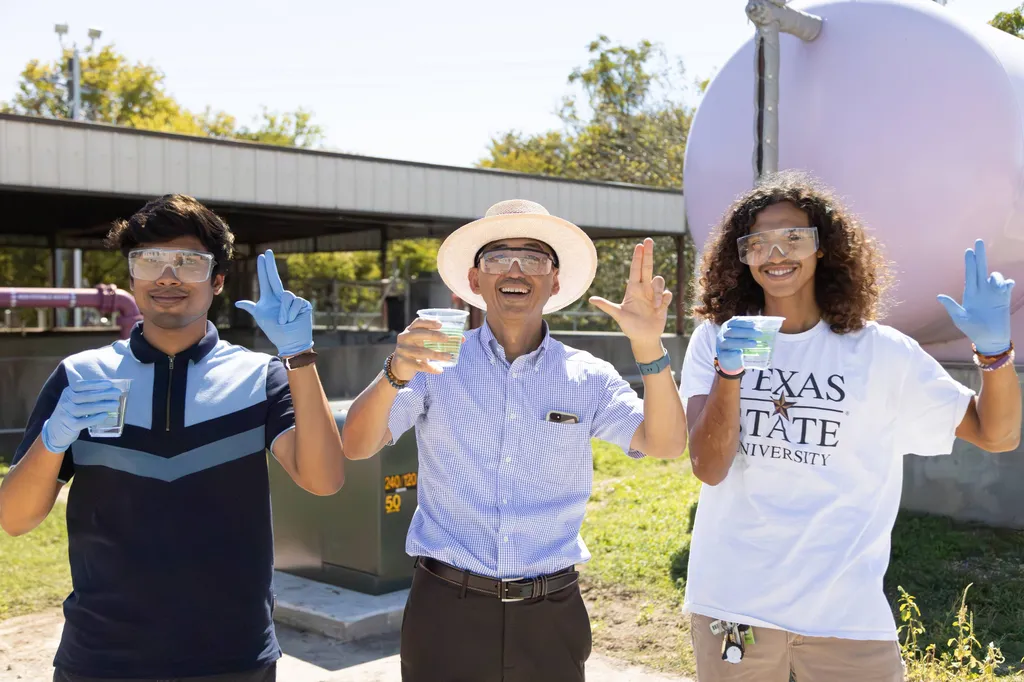In the heart of Texas, researchers are tackling a global crisis: water scarcity. Prashan M. Rodrigo, a scientist at the Center for Energy and Environmental Sustainability at Prairie View A&M University, has been leading a study that could revolutionize how we treat water, particularly in the energy sector. The research, published in the journal *Cleaner Water* (translated as “Clean Water”), focuses on air-gap membrane distillation (AGMD), a promising technology for desalinating seawater and treating the complex-produced water from oil and gas operations.
The study systematically evaluates the performance of commercial polytetrafluoroethylene (PTFE) membranes under various operational conditions, including feed temperature, flow rate, and pore size. The goal? To optimize the desalination of brackish water, seawater, and produced water from the Permian Basin, which has some of the highest salinity levels in the world.
“AGMD offers a promising alternative by addressing the drawbacks of traditional desalination techniques,” Rodrigo explains. “It’s suitable for scalable and energy-efficient applications, making it a sustainable global water security technology.”
The results are impressive. The research tracked real-time flux reduction across different saline-level water matrices, demonstrating extraordinary salt rejection rates of over 99%. This results in permeate water with a total dissolved solids (TDS) concentration of less than 500 mg/L, making it suitable for agriculture and other beneficial reuse applications.
Energy consumption was also a key focus. The study found that energy consumption varied depending on the water matrix, with hypersaline produced water requiring the most energy. However, the post-membrane characteristics revealed minimal structural degradation, underscoring the durability of PTFE even after exposure to high-strength produced waters.
So, what does this mean for the energy sector? For one, it offers a more sustainable and efficient way to treat produced water, a significant challenge for oil and gas operations. By reducing the energy consumption associated with traditional desalination techniques, AGMD could lower operational costs and environmental impact.
Moreover, the technology’s scalability means it could be implemented on a large scale, potentially transforming water management practices in the energy sector and beyond. As global water scarcity continues to rise, innovations like AGMD could play a pivotal role in ensuring water security.
Rodrigo’s research is a significant step forward in this field. By proving AGMD’s effectiveness in challenging environments, it paves the way for future developments in water treatment technologies. As we strive for a more sustainable future, studies like this one offer hope and a roadmap for addressing one of our most pressing global challenges.
In the words of Rodrigo, “This research proved AGMD to be a sustainable global water security technology, balancing high performance in challenging environments and operational feasibility.” With such promising results, the future of water treatment looks brighter than ever.

